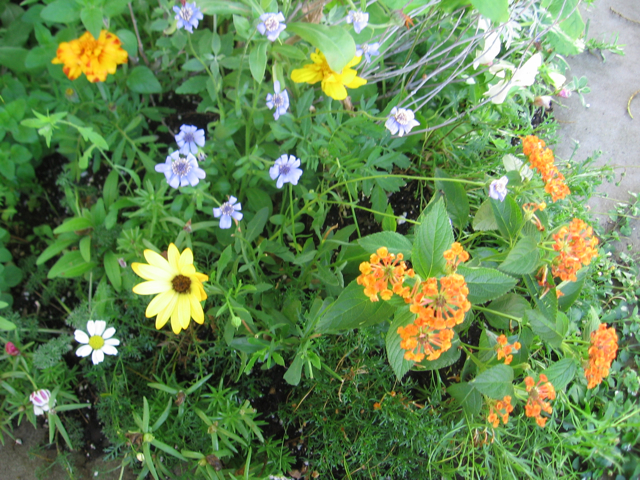
African daisy (yellow bloom) with lantana 'Citrus,' marigolds, annual ice plants (succulent foliage), Felicia heterophylla (blue blooms), foliage of Swan River daisies (ferny), and Mt. Atlas daisy (white blooms). This area is one of the very hottest in the garden, as it's where the retaining wall corners meet and it gets a lot of sun. I often move things out of here as their seasons pass. It had already gotten too hot for the African daisy before today and I've moved it. Mt. Atlas daisy is one of the very best groundcovers for searingly hot spots (I've no idea why it's so little-known here in the US!), but its bloom period is up by now. And Felicia heterophylla has its season, from spring to early summer, and then it's over; most of them have already set seed and died (though the one pictured is still alive). In the African daisy's place, I've planted one of the dwarf sunflowers and rudbeckia 'Indian Summer,' the latter of which did extremely well for me in that spot last year after I made sure it got adequate water for its first few weeks.
I planted some plants and some seeds today. Our warmest day yet this month clocks in at a normally-not-hot-for-late-June low-80s F. I put in replacements for the stolen plants – a santavila, a Swan River daisy (the fifth in the garden this year), and a plant that seems to only be known by its botanical name, and which I’ve never even grown before, but figured I’d try, as there were so few annuals left in small pots at the nursery (just like with the perennials, they sized up to almost all huge pots by mid-June this year, which I don’t recall them doing [with either kind] in previous years). I also planted another tender salvia, another penstemon, the sunflowers grown for seed (4 of the 5 ‘Mammoth’s), the dwarf sunflower I picked up at this week’s farmers’ market (a second ‘Big Smile’), the sad-looking six-pack of salvia ‘Marble Arch’ (mixed colors in white, purple, and rose) that I picked up at last week’s market but hadn’t had the chance to plant, a silver thyme, and, um.. some more stuff. I also moved a few more things to new spots.
After taking a break, I went back outside and finally planted most of the warm-weather-loving beans, as with our average temperature for the past month having been an astoundingly low 59 F, I’d been worried the seeds would just rot in the cold and frequently wet soil. I planted my four lima beans and several cowpeas, as well as one tepary bean (haven’t grown them in a while), a gram bean, and a moth bean (have never grown either of them). As I’ve mentioned here in recent months, this is my last try with lima beans here in the North. I’ve planted them in a different location than in the last 2 years in this garden, so we’ll see if that makes a difference. I planted the other beans near them as well, as they all have somewhat similar cultural requirements and all prefer less water than the rest of my crops. In addition, I planted the sword bean (also haven’t grown that before), the winged bean (ditto), and two edamames (soybeans), one that had accidentally gotten stuck in with the warm-weather beans and which I thus hadn’t planted, and one that I ordered with my autumn seed orders since the edamame plants are still so small anyhow. I’d also meant to plant the hyacinth beans and yard-long/asparagus beans today, but I found that after all the work involved in expanding the bed to make enough room for all the cowpeas (including digging up two giant rusted panels, which took an incredibly long time and quite a lot of effort in a patch of sunlight on this hot, humid day), I was just too tired to snake my way into the middle of the bed (a delicate process) to plant them close to the scarlet runner beans. I like planting things of similar size together, and hyacinth beans and yard-long beans are just as prolifically huge as scarlet runner bean. (Well, I’ve not actually grown yard-long beans before, but that’s what I’ve read. Hyacinth beans sure are, though.) See the end of this post for descriptions of the beans I planted today.
I also did some work yesterday, this time in the back garden. I finally put up the bird netting, using metal plant tags to anchor it (that’s why I hadn’t done it before; I had to go out and buy them), and plant supports (the hooping kind for stalks) to hold the netting up off the largest seedlings. As of this morning, when I last cleaned and refilled the bird bath, it was still working to fend off the super destructive squirrels from digging in my crop pots, but I haven’t checked on it since. The process involved in doing that was much longer and more painstaking than I expected, and ate into my gardening time. After completing it, I finally planted the nemesias, browallias, and most of the (back garden’s) violas, all of which had been growing (and blooming) in pots since I bought them in the spring. This year my nursery started carrying a white browallia, and I just don’t get the point. I’ve always thought that everyone else loved browallia for its pretty bluish flowers, just as I do, and I don’t get why anyone would want to plant a white-flowered cultivar. Unless they’re using it for contrast with the blue ones, I guess?
This is our 17th day in a row with rain. It rained again overnight, and then again during the day, though it was sunny before and after. Now it’s clouded up again and it looks like thunderstorms are headed this way. The newly planted plants sure appreciated the rain (it occurred between my two stints in the garden today) and I imagine the seeds would like a good soaking now that they’re in as well.
The morning glories are abruptly coming up. The majority were seeded in near where I cleared the cowpea patch today, and I saw several tiny seedlings coming up. I seeded in nasturtiums a couple mornings ago, but I have yet to see any nasturtium seedlings. Though I seeded in the zinnias at least a few weeks ago now (possibly longer), I’ve yet to see a single zinnia sprout. Perhaps they are like the morning glories, waiting for a warm day. I also noted while out there today that the scarlet runner beans and the cardinal climbers appeared to have grown at least a foot each on this sunnier, hotter day, and that many things had put out new blooms. Additionally, the first buds appear to have developed on one of the morning glories I planted as a young plant. And the beans ‘Yellow Arikara’ are still flowering (they actually seem to have even more flowers now than before). Pea production has slowed but not stopped, and the fava/broad bean production seems to be continuing apace despite the weather. Perhaps they are provided some extra shade by the now-taller pea plants on the trellis. It would be interesting to see if it could be replicated in another garden – the supposition being that the favas are bushier at first than the peas, and thus though planted on the north-by-northeast side of the main pea trellis, they still get a good amount of the sunlight coming in, and then, as the pea plants start to bush up and reach their full size, the more dappled amount of sunlight actually helps prolong the favas’ lives. Is this supposition correct? I don’t know. I guess we’ll see how the upcoming days go for the favas.
…
Today’s Legume Seed-Ins
Miscellaneous
Tepary Bean ‘San Felipe Pueblo White’ Large white seeds mixed with enormous (for a tepary) light tan, flattened seeds. White and lilac flowers, large leaves. A collection from 5200 ft. in New Mexico. (Native Seeds/SEARCH)
Sword Bean ‘Akanata Mame’ This sword bean cultivated in Japan produces pinkish-red flowers and beans. The beans, which have a ridged edge, are harvested when they are still immature, or when they are roughly 4″ long. Prepare these beans as you would snap beans. Maturity: Approx. 70 days (Kitazawa Seed Co.)
Winged Bean Every part of this climbing tropical bean—from the leaves and flowers to the pods and tubers—is edible and high in protein. The winged pods are best and most sweet when picked very young, about 3″-4″ long. Cross-sectioned pods have four corners. Prepare these delicious beans as you would snap beans. Maturity: Approx. 75 days (Kitazawa Seed Co.) Adding the description from Baker Creek’s catalog: (Psophocarpus tetragonolobus) This is one of the most unique beans; it produces delicious pods with four winged edges, the leaves are cooked like spinach and the roots have a delicious, nutty flavor. This high-protein bean is an excellent crop and is so useful in the kitchen. The plants are tropical and do best in warm areas. They will not produce well when the days are long, so it may not yield until fall. Soak seeds 24 hours before planting. We have had a hard time keeping any winged beans on the shelf ever since Mother Earth News ran an article on this bean.
Edamame ‘Envy’ Early 80-day variety is great for the North. Perfect for Edamame, fresh shelling or dried; nice green-colored beans have good flavor; developed by the late Prof. Elwyn Meader, UNH.
Edamame ‘Davis Family Blend’ 75 days.Vigorous 3 foot plant. Harvest plump, green pods before any yellowing from late August into September. Pale green or yellow seeds. Can be boiled in the pods when young and tender. Called edamame in Japanese cuisine. A favorite of the Davis family’s community supported farm. (Turtle Tree)
Moth Bean Phaseolus aconitifolius (Mat Bean, Mother Bean) Indigenous to India, and highly drought resistant. The sprawling mat-forming plants do well in very hot weather (to 100-120 deg. F) and protect the soil. Small pods 1-2 “ long,1/2” wide contain 4-8 /tiny beans. In India the young pods are a vegetable and the dry beans are used like lentils as “dal”. Very high protein at 22-24%. It alone did well in drought-stricken north Kenya. In California trials as a green manure it smothered all weeds except milkweed. (Bountiful Gardens)
Gram Bean/Mung Bean ‘Black Pod’ (Vigna radiata) Gram or Mung beans have so many uses. Popular in all of Asia; can be used in soups, stews, curries, breads, fermented, for sprouting and so many other uses; so easy to grow. This variety produces pods that ripen to black with small, green seeds. (Baker Creek)
…
Lima Beans (AKA Butter Beans)
Jackson Wonder (Bush) 66 days. Standard southern variety. [Introduced 1888. Originated by Georgia farmer, Thomas Jackson]. This popular heirloom variety yields well under hot, dry conditions. Contains 3 to 5 seeds per pod. Seeds are buff-colored with purple-black mottling. Good especially as a fresh or dried butterbean. Also does well in northern areas. (all my limas are from Southern Exposure Seed Exchange)
King of the Garden (Pole) 88 days. The most widely grown heirloom lima. [Introduced in 1883 by Frank Platt after selecting 5- and 6-seeded pods of ‘Large White’ pole lima.] Produces 4 to 7 in. long by 1-1/4 in. wide pods, containing 4 to 6 large creamy-white seeds with honey-like flavor. Vines grow to 9-1/2′ and bear heavily over an extended season. An old favorite of excellent quality. (SESE)
Worchester Indian Red (Pole) The hardiest lima we offer. [Introduced in 1990 by SESE. Reported to be of Native American origin, pre-1868.] Produces medium-sized limas on heat and drought-resistant plants and is a prolific producer under adverse conditions. Seeds range in color from dull red to dull maroon-red. This variety still exhibits a wild trait: a few pods spring open (shatter) when the pods are completely dry. (SESE)
Violet’s Multi-Colored Butterbeans (Semi-Bush) 80-90 days [Banks County, GA, saved by 4 generations of Violet Brady Westbrook’s family.] A rainbow of colors – cream, beige, red-brown, and violet-purple, with speckles and swirls. Small seeds have great flavor, good both fresh or dried. 3-5” pods. Semi-bush plants have good disease- and drought-resistance. (SESE; no longer listed on their site)
…
Cowpeas (AKA Black-Eyed Peas, Southern Peas, and more)
I had no idea just how crazy I had gone with the cowpea acquisitions this year until I sorted my beans this spring! It just goes to show that I should really keep a running list of what I’ve bought/swapped after each purchase/swap (or better yet, write out everything I’m planning to buy/swap beforehand), but hey, at least life’s interesting this way. We’ll see how the cowpeas do with their own patch this year instead of being planted on the edge of the pole bean patch as in the last two years here (without the greatest success, or I wouldn’t have changed it – although they’ve done better than the limas).
Corrientes Collected in Nayarit, Mexico. Extremely hardy and prolific, with dark red seeds. Excellent as green beans or shelled. (Native Seeds/SEARCH)
Texas The color of red sandstone, this cowpea is from the Eagle Pass area of Texas. They were described as a heat tolerant ‘pole bean’ with superior flavor. (Native Seeds/SEARCH)
Haricot Rouge du Burkina-Faso An heirloom from Burkina-Faso, West Africa. Colorful, red-purple pods have deep red seeds. This pretty variety produces well even in extreme conditions. (Baker Creek)
Sugar Cream Delicious, cream-colored peas are great dried or as snaps. Robust, yellow flowered vines produce heavy yields of this southern heirloom that has been grown for generations. (Baker Creek)
Cream 40 (Texas Cream 40)— 65 days Texas Cream 40 is a distinct, early variety. The semi-bush growth is very prolific. The pods are six to eight inches long, medium sized, and slightly curved. The seeds are small, kidney-shaped, and white with an orange eye. (Victory Seeds)
Big Red Ripper (Mandy) 70 days. [Heirloom from VA and NC] Large number of peas per pod. A good flavored table pea with 10″ long pods containing as many as 18 large peas per pod! Reddish-green pods are borne high and are easy to see in the foliage. The vines are resistant to very hot, dry summers. Use fresh or dried. Very popular with our Texas customers. (Southern Exposure Seed Exchange)
Peking Black 80 days. Flavorful, large black peas. [From the collection of the Southern Seed Legacy via grower Harry Cooksey.] There is a bit of mystery about this variety’s origins. But there is no doubt that it produces an abundance of delicious black crowder type peas on vigorous disease free plants. (SESE)
Whippoorwill 85 days [Brought to the Americas from Africa during the slave trade, grown by Jefferson at Monticello.] Once the standard for southern peas, this variety is drought-tolerant and will grow in almost all soils. 5′ vines produce loads of 7-8″ green pods with a purple tinge. Mature seeds are small and light brown with black speckles. Seeds are good eaten green or dried. (SESE) Editorial note: This is a legendary cowpea, considered one of the oldest still in cultivation in the US. There are said to be two types being grown now in the US, one the true heirloom, another a more modern variety with the same name (possibly originally developed from the heirloom, but I’m not sure). There is a way to tell which one you have, which I am currently forgetting the entirety of, though I believe part of it is the size of the leaves.
Colossus 58-65 days [1972 Clemson U. release] One of the largest and best of the crowder peas. Light-brown seeds in straw-colored, purple-tinted 7-9” pods. Very prolific, easy to shell. (SESE)
Arkansas Razorback [1960s U. of Arkansas release] Very colorful red-and-white calico peas with good flavor. Yellow pods on moderate 3’ vines. (SESE)
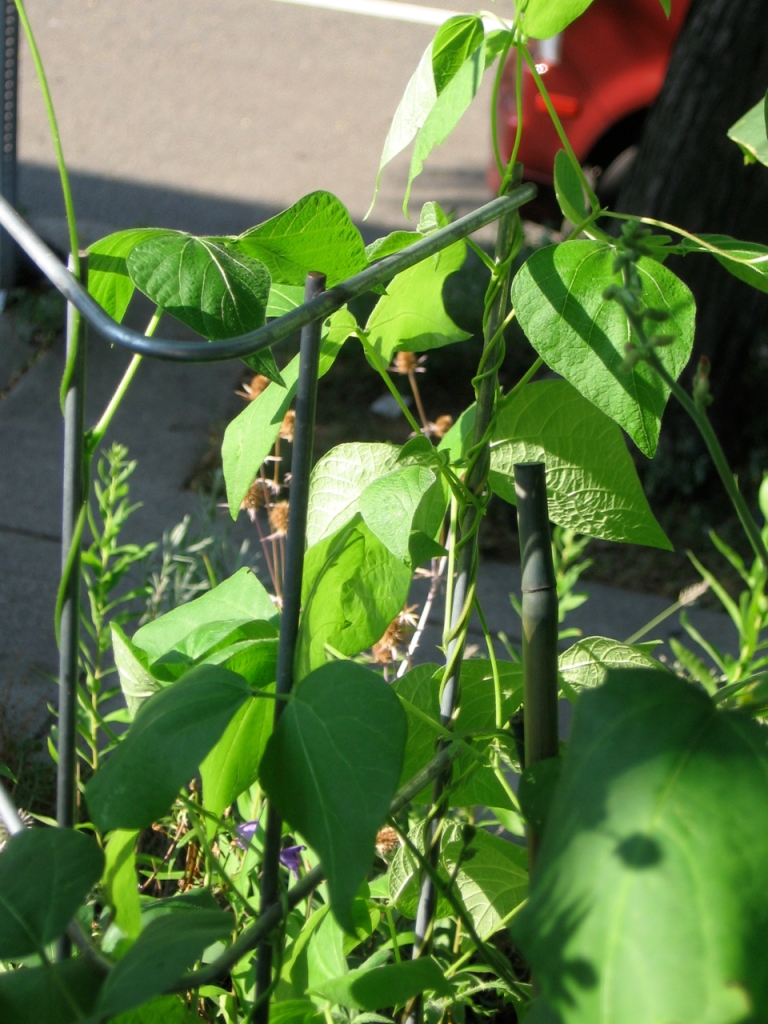
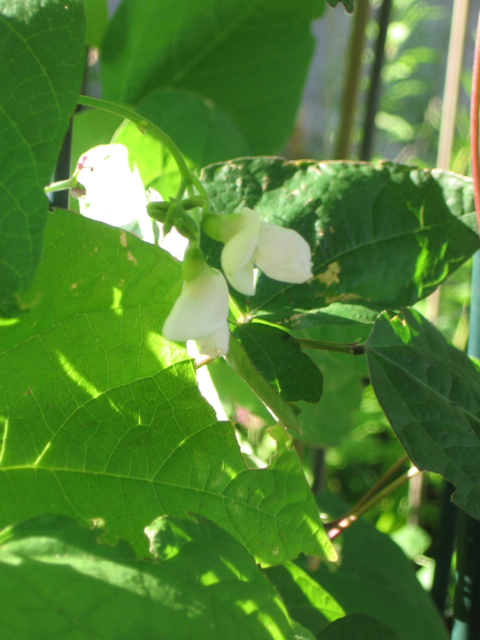

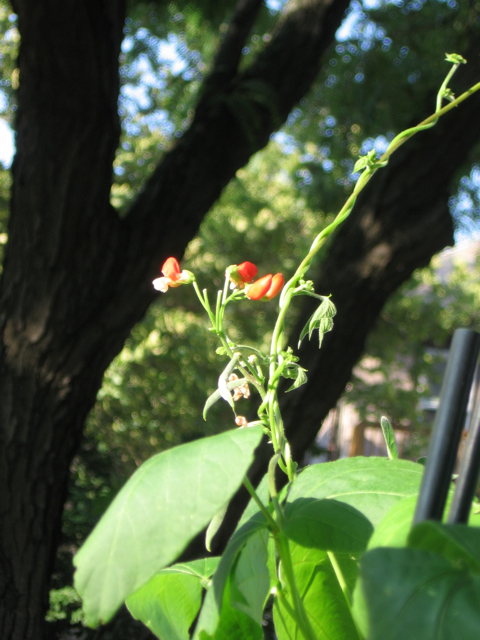
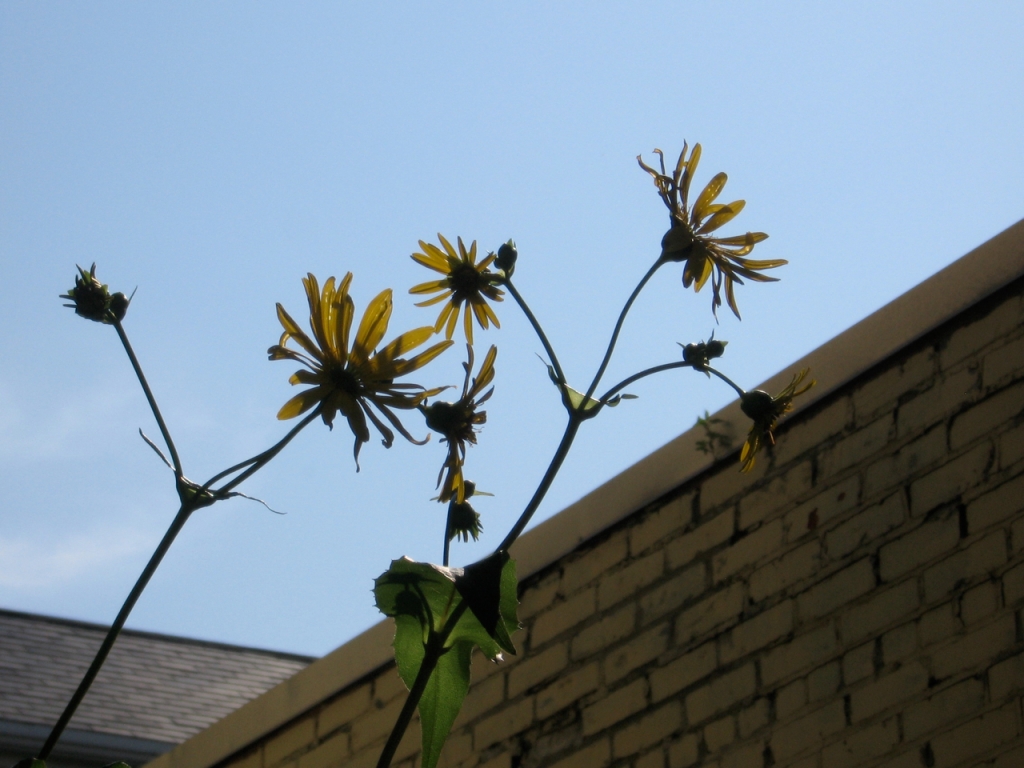

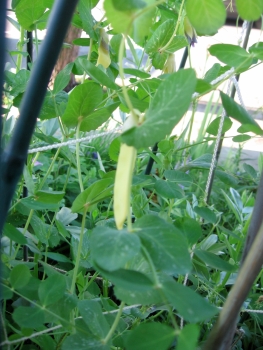
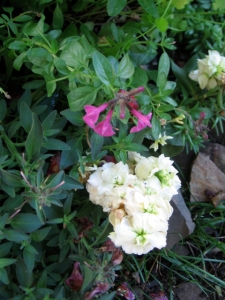


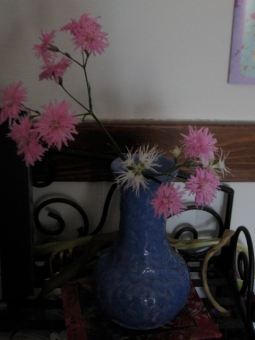

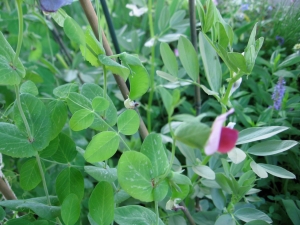
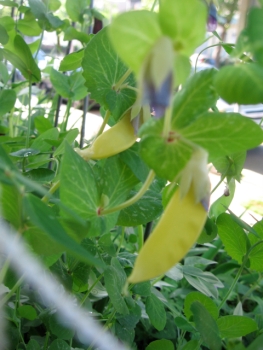
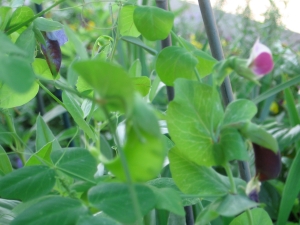


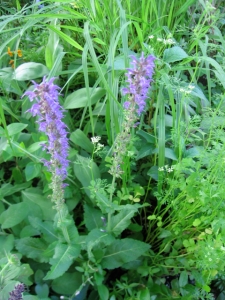

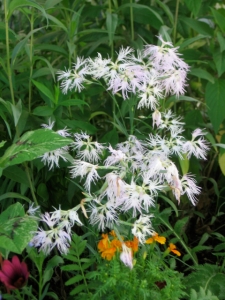

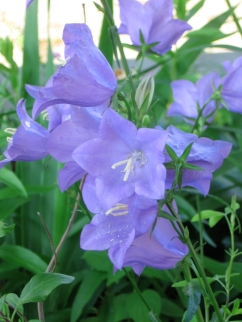
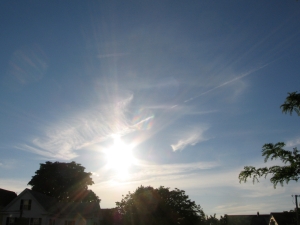
Recent Comments